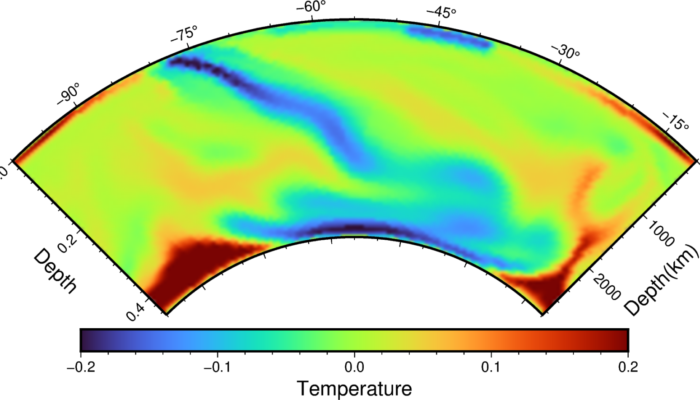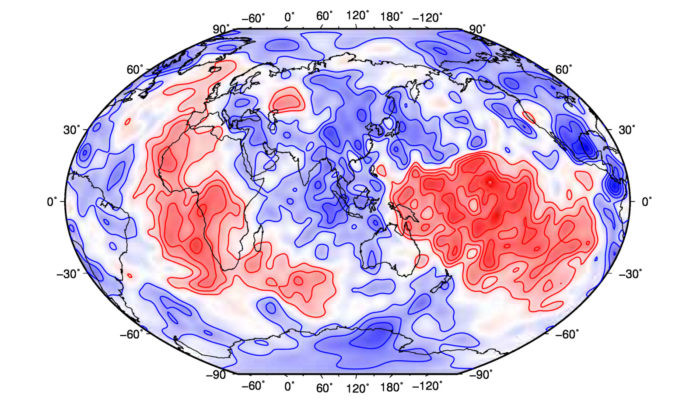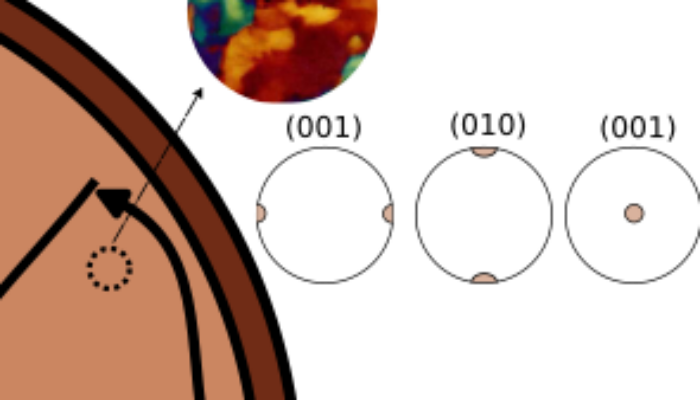As a result of Earth’s mantle convection, rocks in the earth’s interior flow and develop a crystallographic texture. These textures reveal the planet’s thermal and tectonic history and are responsible for the viscous anisotropy, which can be used to study the planet’s deeper recesses that are not visible through other means. This necessitates the use of models that can pred ...[Read More]
The Tectonic Memory of the Mantle

The study of the mantle aids in our understanding of the Earth’s tectonic evolution. In this week’s news and views, honours student Mr. Robert Marks shares his thoughts. Mr. Marks received his Bachelors (Hons) degree from the University of Wollongong under the supervision of Dr Nicolas Flament. The Earth’s mantle is filled with subducted slabs, which are remnants of tectonic plates tha ...[Read More]
LLSVPs: Mysteries in the Deep Mantle
Did you know that there are big, blob-like anomalies in the deep mantle which are larger than a continent and rise up to hundreds of kilometers from the core-mantle boundary? Today’s post is all about those blobs and what we know and do not know about them. If you want to know more about why these blobs are so interesting to study, check out this other cool blog post by Jamie Ward. If you look at ...[Read More]
Should we still study LLSVPs?

Normally I’d add some kind of clever remark here, but it’s just a figure full of blobs. What can I say about that? Maybe that dogs are better? Scroll down for a dog! So proud that we finally have dog content on this blog.
All blobs are equal, but some blobs are more interesting than other blobs. In this new Wit & Wisdom post, Jamie Ward, PhD student in seismology at the University of Leeds, United Kingdom, explores this age-old saying and discusses whether or not LLSVPs are the most important blobs in our lives. Also, there is a picture of a dog. It makes sense, I promise. Large Low Shear Velocity Provinces (LL ...[Read More]


